"Here’s an example of how you can build a ladder using Fidelity's Bond Ladder tool. Mike wants to invest $400,000 to produce income for about 10 years. He starts with his investment amount—though he could also have chosen a level of income. He sets his timeline and asks for a ladder with 21 rungs (that is, 21 different bonds with different maturities) with approximately $20,000 in each rung. Then he chooses bond types. In order to be broadly diversified, each rung contains a range of bonds and FDIC-insured CDs with various investment grade credit ratings."
Keep reading here and see how this bond ladder tool in action!

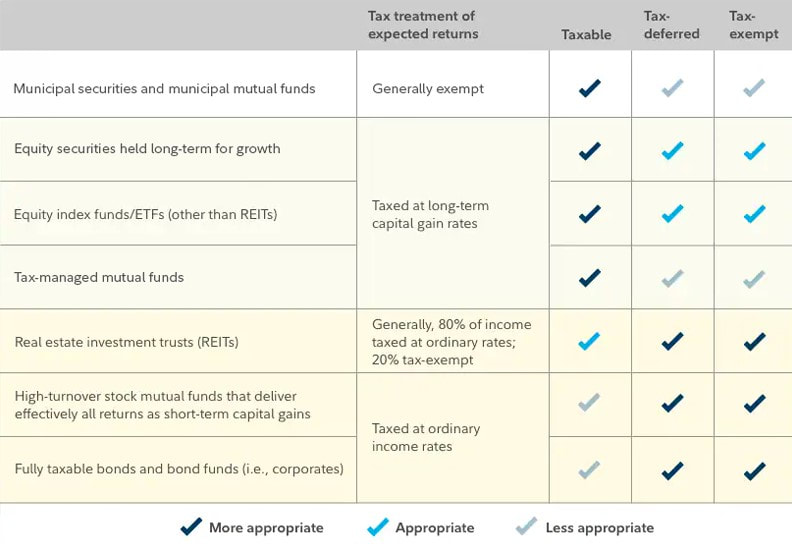
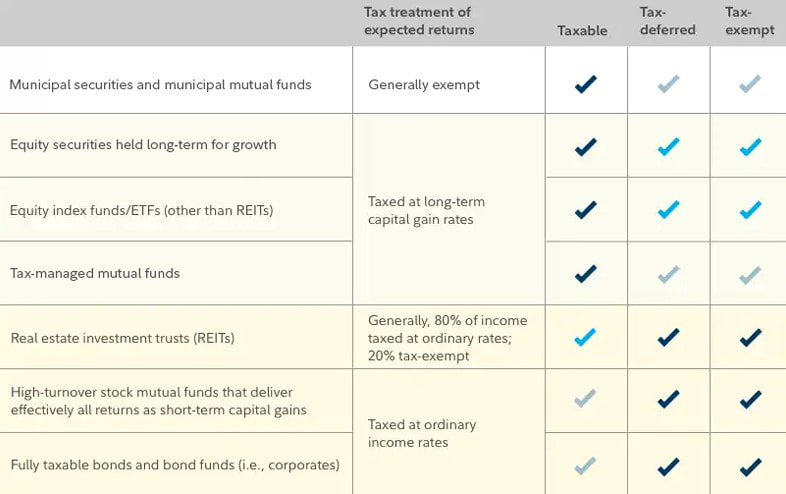
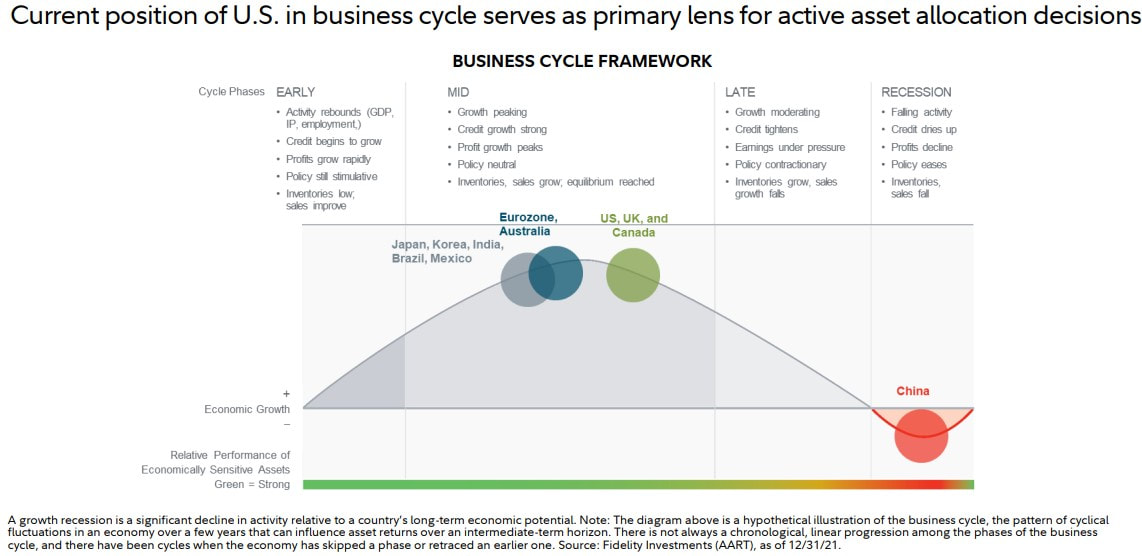
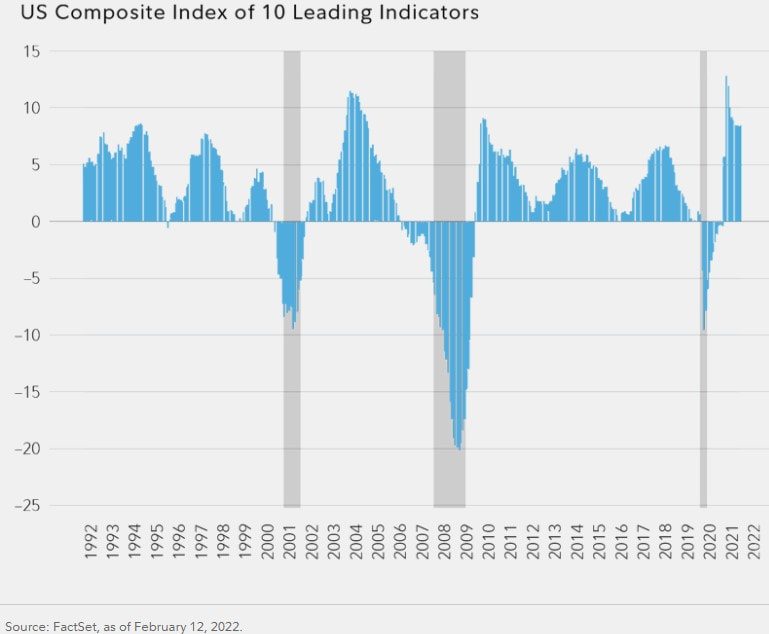
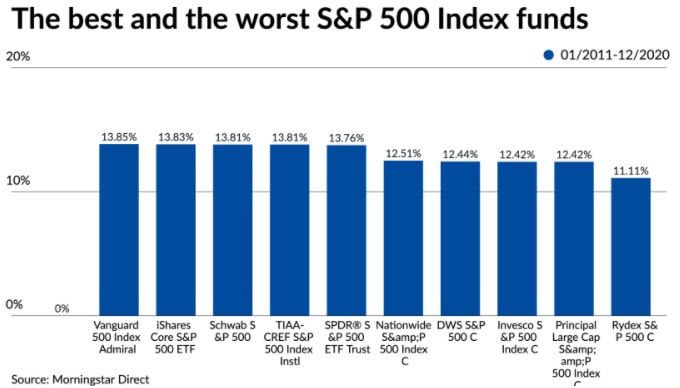
 RSS Feed
RSS Feed
